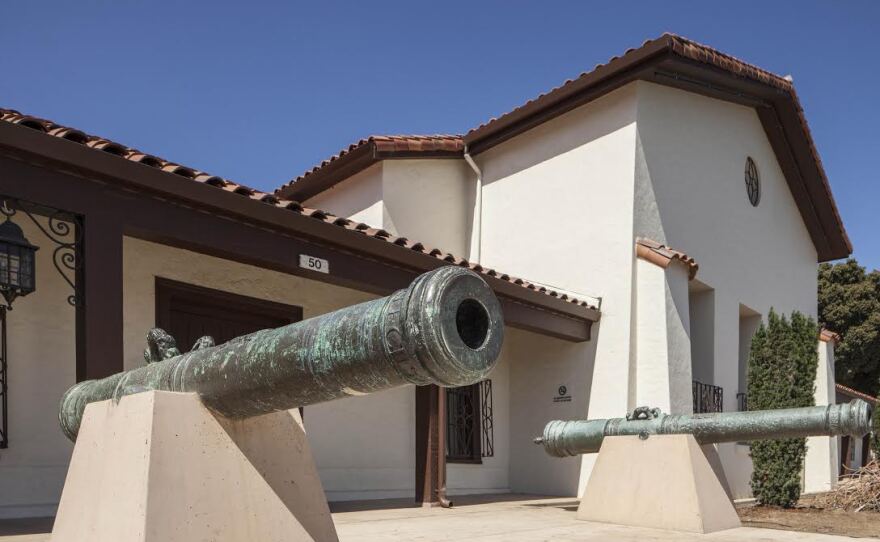San Francisco is America’s second most densely populated area, after Manhattan. Perhaps you’ve noticed! And with new construction all over town, it’s going to get even denser. Yet, there’s a portion of it that is so lightly populated that you could shoot off a cannon, and not hit anybody. That area is the 1,500 acres of the Presidio, at the mouth of the Golden Gate.
Thousands of people live, work and visit in the Presidio today, but that’s nothing compared to the population before the arrival of Spanish colonists in 1776. The Miwok villages encircling the Bay at that time had a very similar kind of cosmopolitan multi-lingual landscape to what we have now, according to Eric Blind, director of Heritage Programs and Sites at the Presidio Trust.
“The San Francisco Bay Area,” he says, had “one of the most densely populated areas per square mile, per acre, in North America above Mexico.” Five distinct languages were spoken, none of them Spanish. The Coast Miwok and Bay Miwok inhabitants, who typically lived in villages of about 100 – 150, never had an over-arching confederation. This made contact with the Spaniards even more confusing for both sides.
That first group of Spanish settlers hardly resembled a life-changing threat to the Miwok. There were only about 35 soldiers who had trudged from Mexico with their families.
“More than half the population here at the Presidio was under the age of 15,” says Blind.
Blind and his team are excavating sections of the adobe walls built by these colonists to surround their Presidio. This is the largest remaining collection of colonial-era construction in America. The team is currently working on the foundation of what they know to be a chapel, dating from 1780.
Most people know a chapel is a building for religious services, but have you ever considered what a Presidio is?
I hadn’t, until I spoke with Blind.
“You know,” he says, “Presidio is one of these interesting terms that you think is just the name of a particular place. And then you realize it’s the name of a kind of a place. [The word] comes from the Latin root word, presidi - which basically means, ‘to preside’.” Our word, “president” has the same root.
The Spanish constructed presidi “from San Francisco all through the Southwestern United States, across Texas into the deep South and across Florida. And it was what the Spanish used at their borders, to extend and defend their borders.”
A presidio is more than a fort. It’s also the seat of the new government in that territory, and families lived within its walls.
The Presidio was fortified, of course, but people in San Francisco used to say, “a shot was never fired in anger” from this location. That’s partly because no one challenged this remote outpost – whether it was under Spanish, or Mexican, or US control. But Blind adds that it’s also because of what he calls the first rule of any kind of military engagement: Always fight on the other guy’s land. Take the fight to the enemy and your home base stays safe.
There has been much cannon fire at San Francisco’s Presidio, though. Blind says, “Every day for, oh gosh, probably well over a century, the US Army would play reveille at 5 o’clock. And they would fire off a couple of Howitzers out here at the flagpole.” And that, depending on your rank, either marked the end of your workday or the beginning of happy hour (or both).
Ceremonial cannons were fired outside the Officers Club once again when that building was re-dedicated last year. There was talk of reviving this tradition, for old time’s sake. But the experiment showed that modern life has crept into this former military compound, even as it is being preserved.
“When these cannons went off,” Blind chuckles, “the other thing that went off was hundreds of car alarms in the parking lotfrom the all the people we had in attendance.”
Click the audio player above to hear the story.



